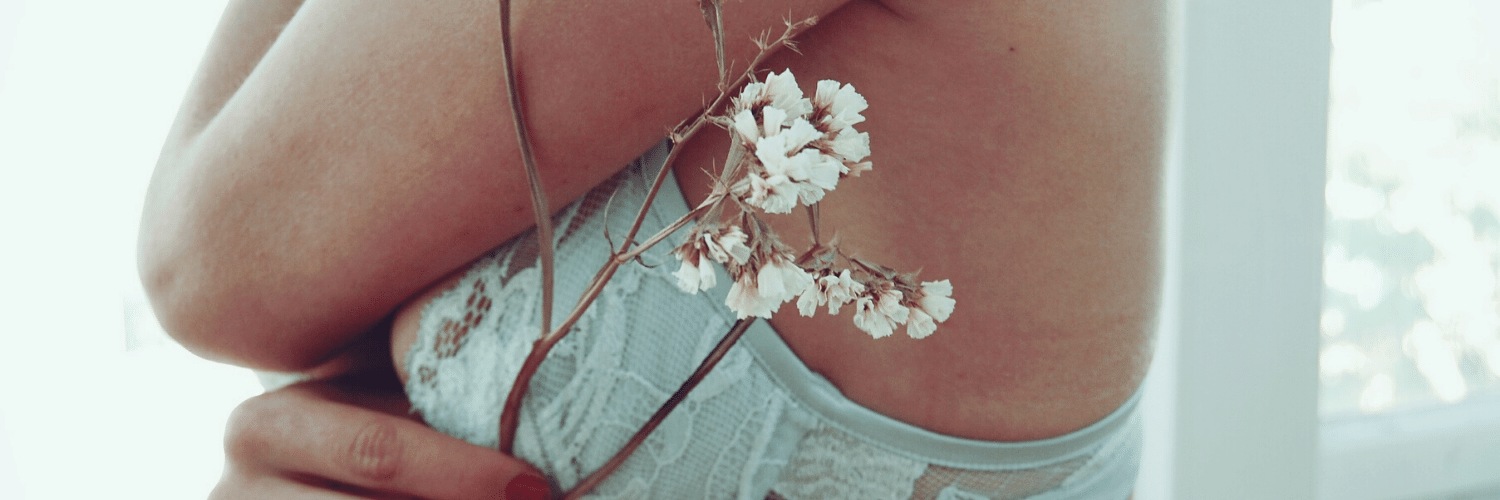
How do surgeons help restore feeling after a mastectomy?
Breast reconstruction helps women feel “whole” again both physically and emotionally after breast cancer by restoring what cancer tried to take away.
During a mastectomy, nerves that supply the breast with feeling are severed causing loss of sensation to the chest area. Patients undergoing mastectomy must be aware that they can lose all feeling to the chest area, regardless of whether they choose to have breast reconstruction or not. After breast reconstruction, some sensation may return, but to what degree varies by individual and is usually minimal, if any.
To combat this, we are setting a new standard in care for our patients. In eligible candidates having breast reconstruction using their own tissue, an extra procedure known as microneurorrhaphy is performed to increase breast sensation after mastectomy. Microneurorrhaphy is the joining together of two nerves using microsurgery.
“The field of nerve regeneration research has made significant progress over the last decade providing the reconstructive surgeon with improved knowledge of how to reconstruct a body part to not only look like its natural counterpart, but to also function and feel natural to the patient. Although much work remains to be done in this area, restoring feeling to the reconstructed breast is showing some promising results,” says Dr. Oscar Ochoa.
When breast reconstruction is performed using perforator flaps like the DIEP flap, an appropriate sensory nerve that provides feeling to the flap can be included and transferred with the flap. When the flap is transplanted to the chest to recreate the new “natural” breast, the flap sensory nerve is reconnected to nerves cut by the mastectomy in the chest using microsurgery. This extra step during breast reconstruction surgery provides the patient with a better chance of regaining feeling to the new breast, in a shorter amount of time.
“At PRMA, when breast reconstruction procedures are performed using the patient’s own tissue, we routinely look for sensory nerves to transfer along with that tissue. These sensory nerves are removed with the tissue that we will use to reconstruct the breast. Using microsurgery, these sensory nerves are connected to sensory nerves in the chest that have previously been severed during the mastectomy,” continues Ochoa. “With this novel adjunct procedure, over time, nerve growth into the reconstructed breast can lead to partial restoration of sensation. While the reconstructed breast feels and acts like a natural breast to others, unfortunately the sensation experienced by the patient still falls short of that provided by Mother Nature in most cases. However, it certainly beats the alternative of a completely numb breast experienced by so many after mastectomy. Comprehensive clinical research studies are currently being designed at PRMA to quantify the restoration of sensation with this new technique as well as identify factors that may improve its clinical efficacy.”
Two-time breast cancer survivor Terri Coutee underwent bilateral mastectomy with radiation. She then traveled from Arizona to San Antonio, Texas for breast reconstruction. “I am one of these women who has regained sensation and I know others who have had the same fortunate experience,” Terri shares. “My surgeon successfully reattached sensory nerves and I have sensation in my right breast after bilateral DIEP flap breast reconstruction. The feeling is below my nipple in a wide area under my breast. It is certainly not the original feeling before mastectomy, but one I so appreciate having. It is worth asking the question during your initial consult to see if sensory nerve reconstruction can be done.”
Author: Dr. Minas Chrysopoulo and Courtney Floyd
My surgeon successfully reattached sensory nerves and I have sensation in my right breast after bilateral DIEP flap breast reconstruction. The feeling is below my nipple in a wide area under my breast. It is certainly not the original feeling before mastectomy, but one I so appreciate having. It is worth asking the question during your initial consult to see if sensory nerve reconstruction can be done.
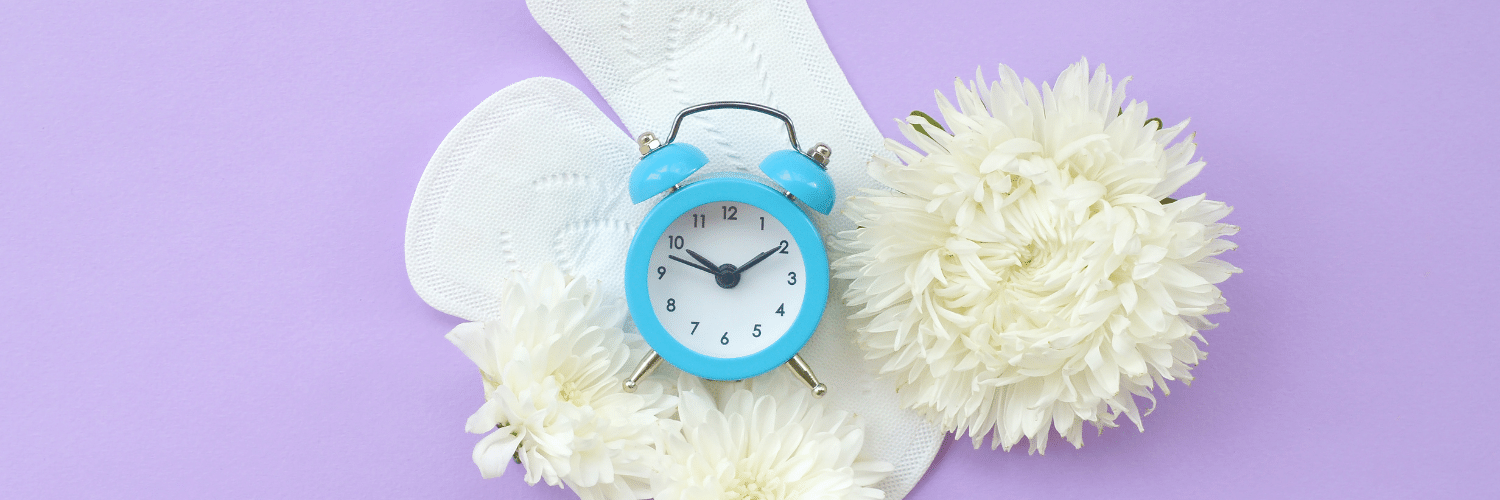
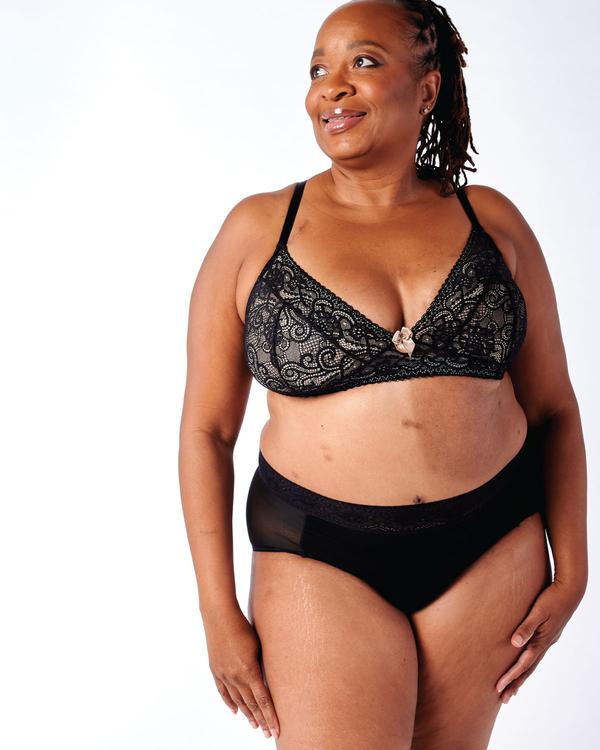

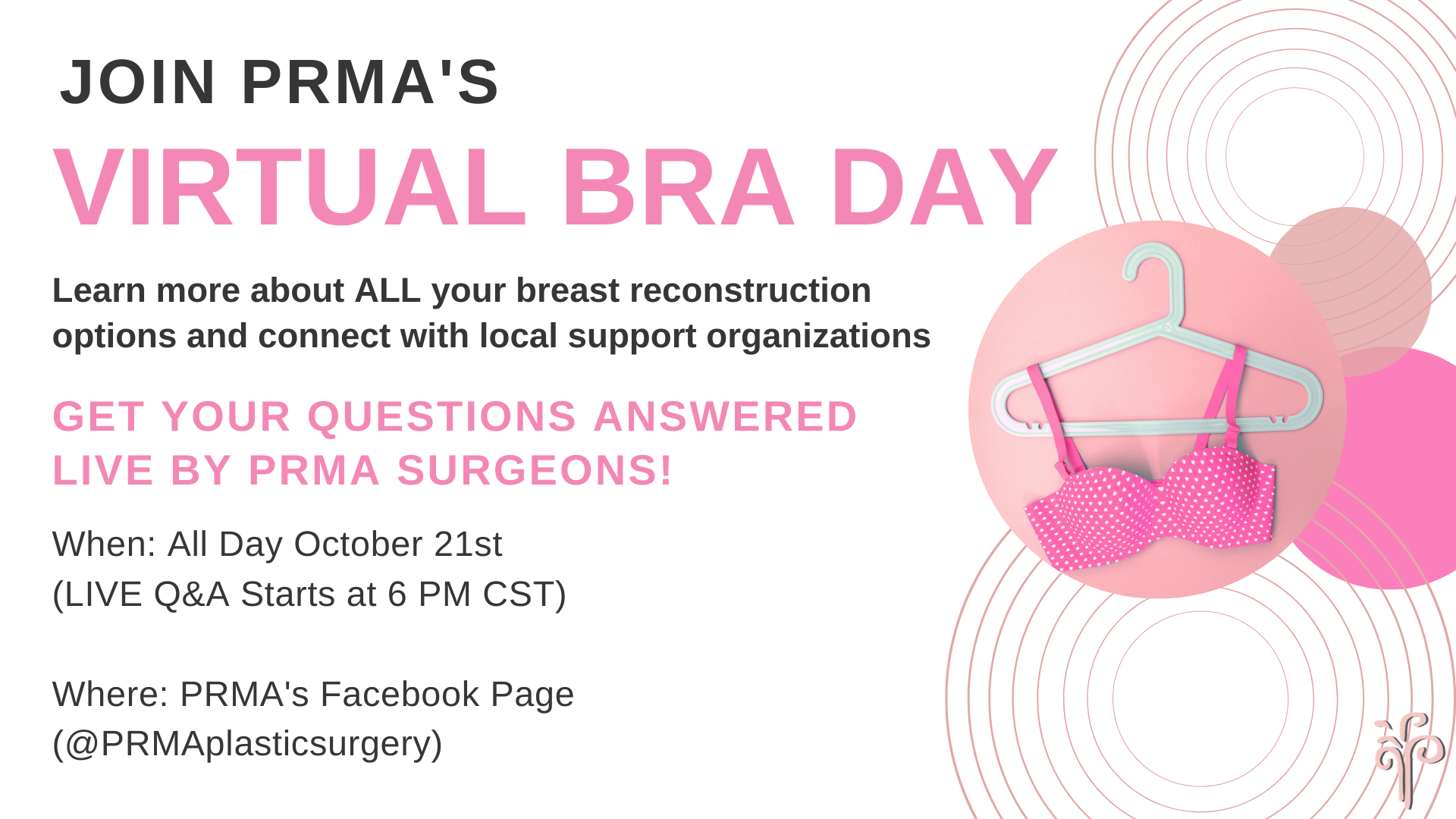
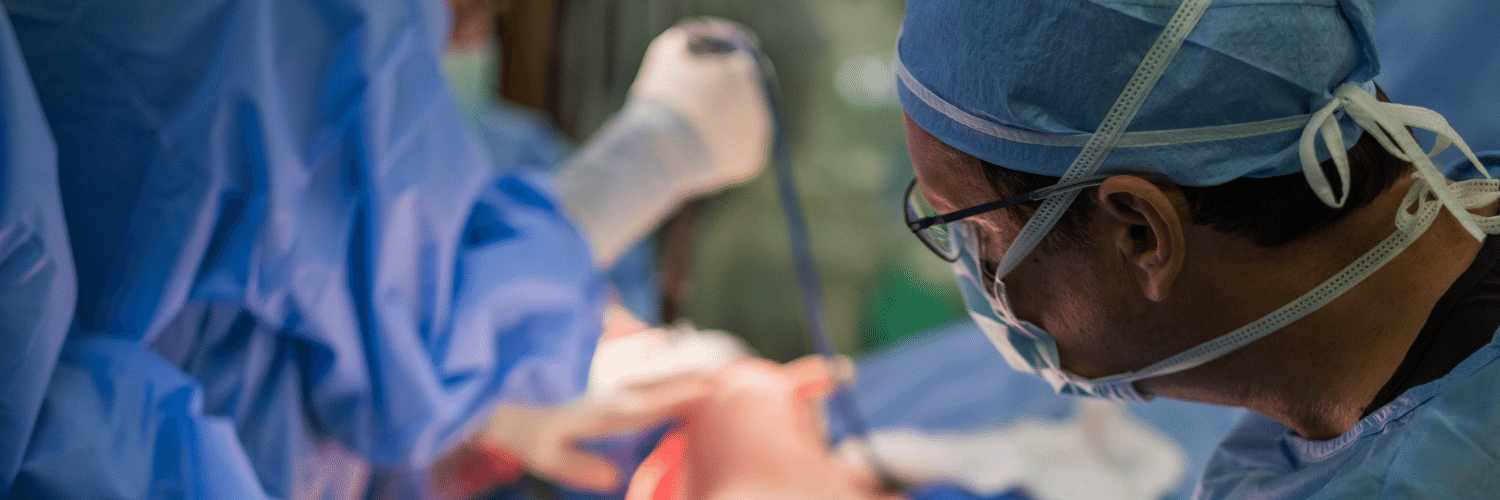

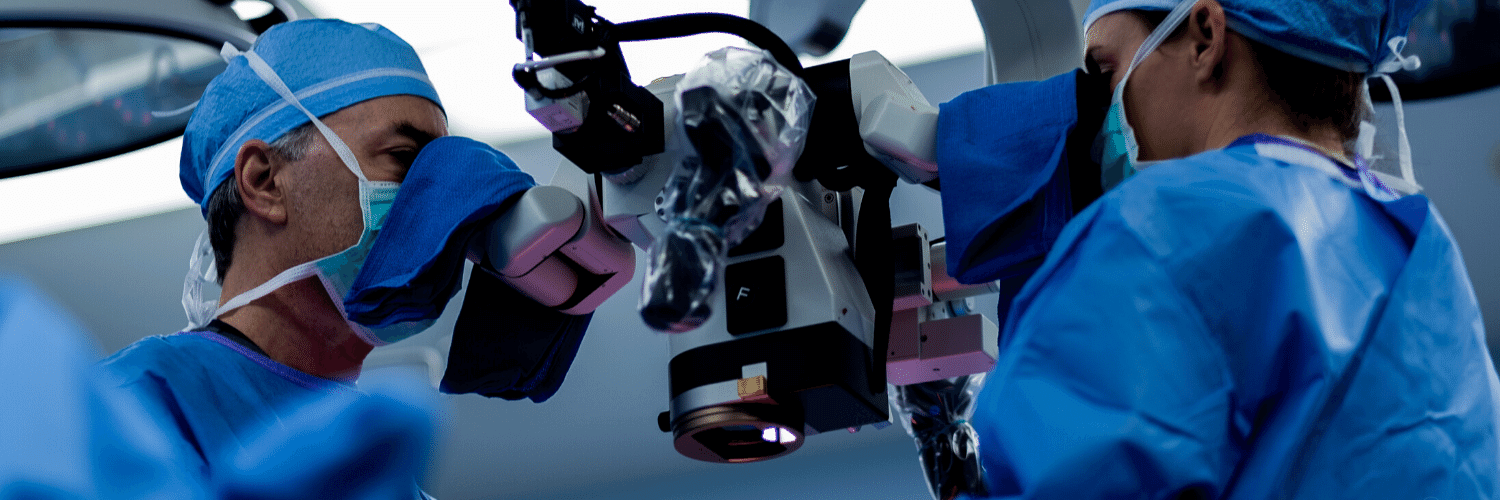

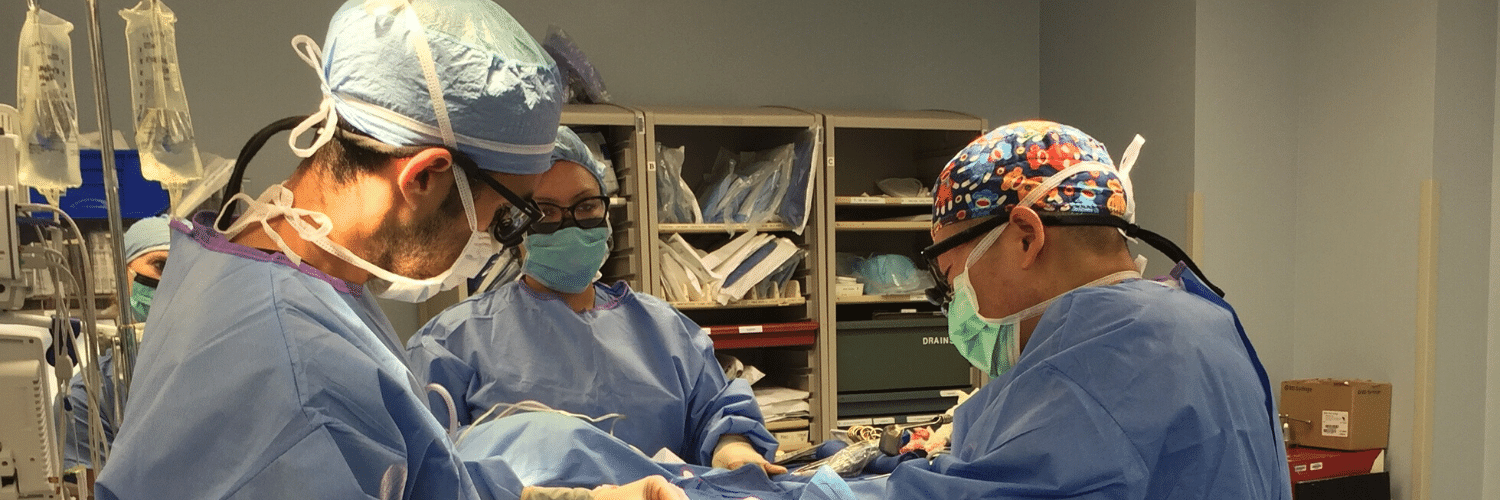
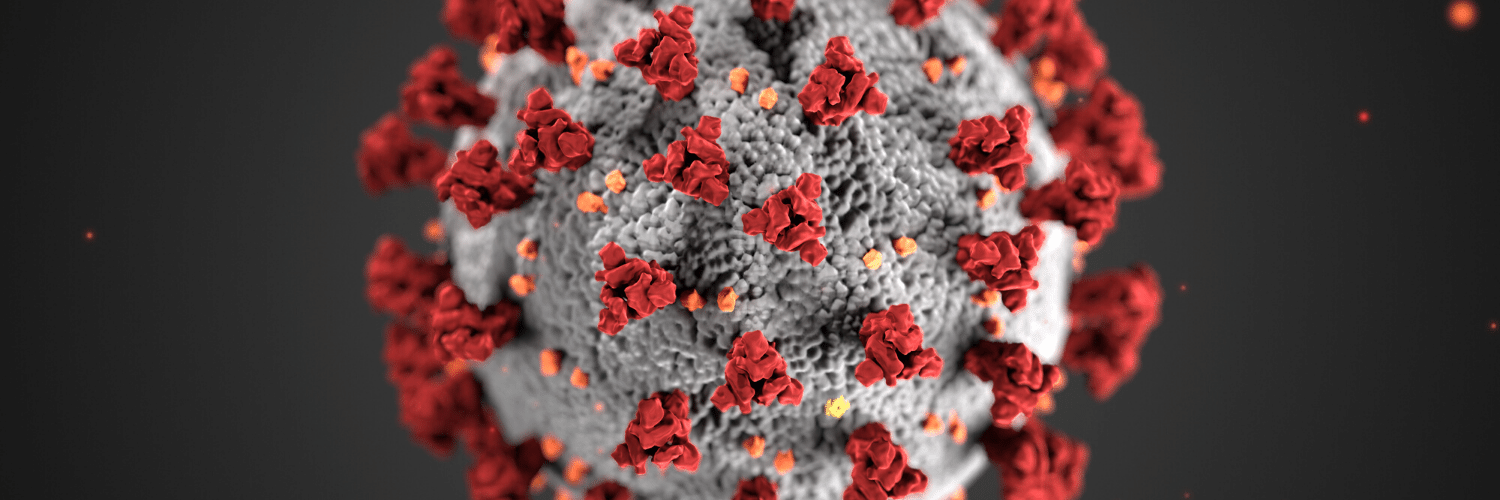
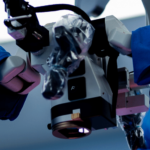

No Comments